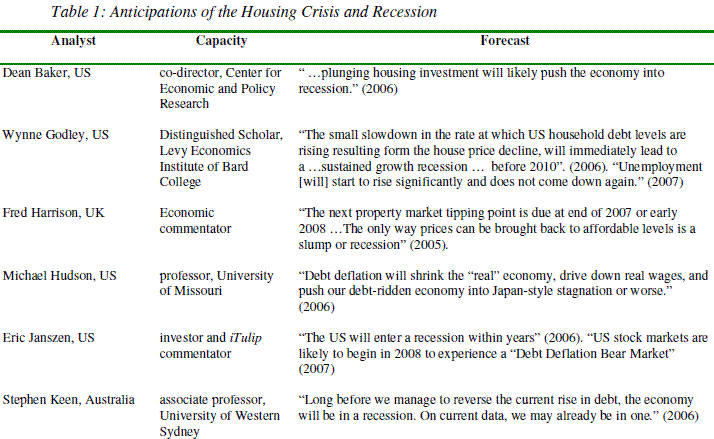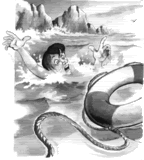 Last Thursday, John McCarron in an op-ed at the Chicago Tribune used the excuse of “skepticism” to trot out slopping thinking and laziness about digging up facts, in Slow down those fast-train dreams
Last Thursday, John McCarron in an op-ed at the Chicago Tribune used the excuse of “skepticism” to trot out slopping thinking and laziness about digging up facts, in Slow down those fast-train dreams
Among many “God, I want to file a bug report” passages in a fairly short piece is:
The purpose of high-speed rail, near as I can tell, is not to ease the daily commute of millions of Chicagoans — we’ll still clank along on what is, in many places, a century-old system — but to rocket a much smaller group of occasional travelers to places like St. Louis, Detroit and Minneapolis at speeds approaching 220 m.p.h. Two hours to St. Louis! All we’ll need is a reason to go there.
So, (1) McCarron frames local transport and regional transport as either/or tasks … we either do one or we do the other. Unlike any other time in our nation’s history, we are unable to address both.
And (2) McCarron likes his opinions unadulturated by fact. The 220mph Express HSR project is in California. The actual projects that the states of Illinois, Missouri, Michigan, Indiana and Ohio are requesting funding for are in the “Emerging HSR” tier of HSR … trains running at 110mph.

 Bonddad has
Bonddad has 
 The
The